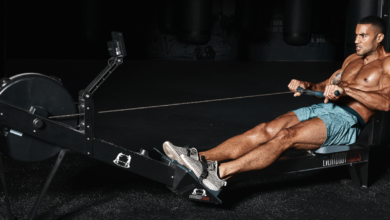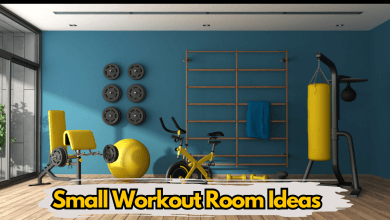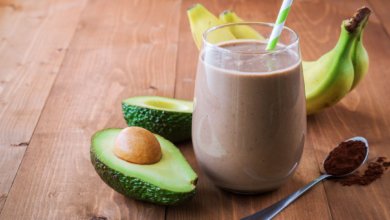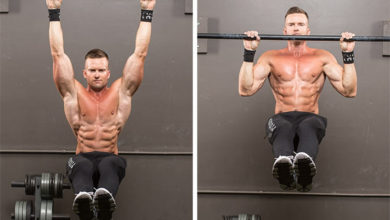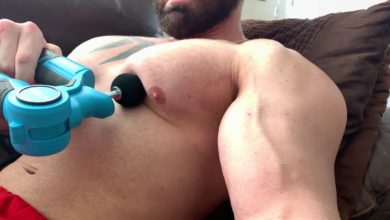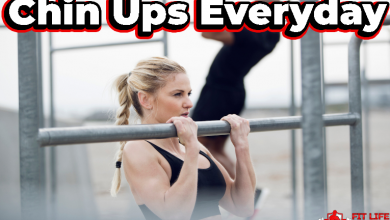Australian Pull-Up – How To Do It, Muscles Worked, & Alternative Exercises
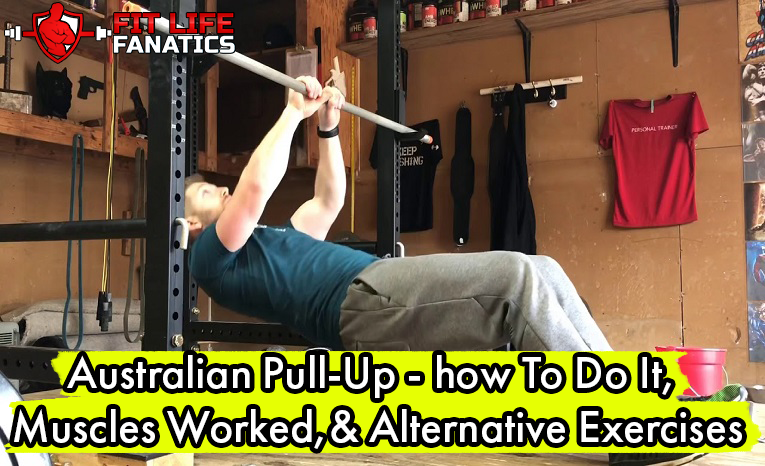
Looking for a change-up to your fitness routine and want to add a challenge?
The Australian pull-up is an awesome way to bring in some variety to your workout and improve your strength to boot.
Our bodies greatly benefit from a variable exercise routine, so it’s important to switch it up now and again to maximize your training. In comes the Australian pull-up to do just that!
This article will discuss the exercise in detail and walk you through a step by step process on how to complete it.
Let’s hit it.
What Are Australian Pull-Ups and Why Are They Called That?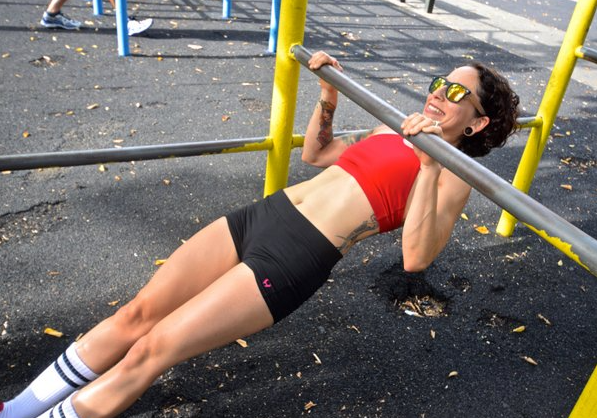
An Australian pull-up is an inverted hanging exercise, almost like an upside-down push-up. It’s an inverted row and bodyweight exercise.
You need very little equipment – just a low bar to pull yourself up on. You could use a variety of setups for this exercise, like any of the following:
- Squat rack
- Smith machine
- TRX straps
- Your kid’s jungle gym in the backyard
The setup is quite minimal and very achievable, even in a home gym!
Australian Pull-Up vs Regular Pull-Ups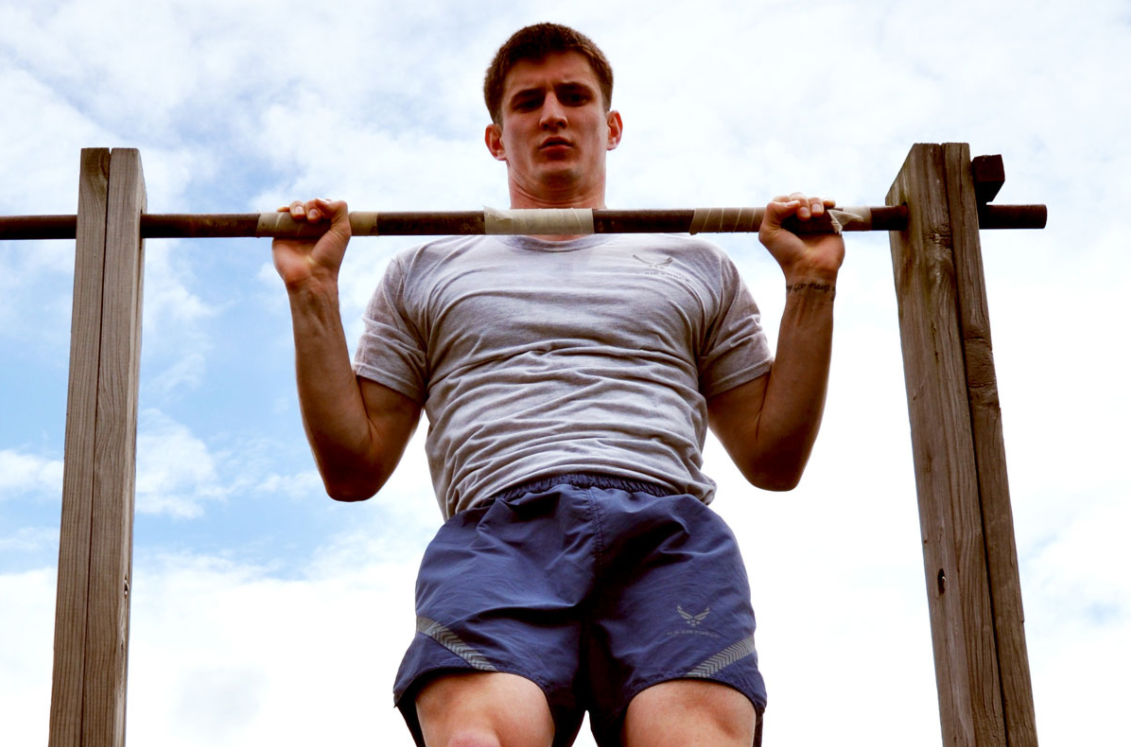
The Australian pull-up provides an alternative to the regular pull-up by putting your body at a different angle. This changes up how your muscles are worked against resistance.
Compared to a regular pushup, this exercise will majorly work your back muscles and abs. One isn’t better than the other and the two exercises work well to complement each other.
Related: Do Pull Ups Work Abs?
A main benefit of the Australian pull-up is that you’re probably able to do a few of them, even if you can’t do a regular pull-up.
It’s also a great training exercise to help you achieve a standard pull-up!
Which is great as the standard pull up has great benefits on its own; it helps in building your stamina and endurance and also works some key muscle areas in your body.
How to Do Australian Pull-Ups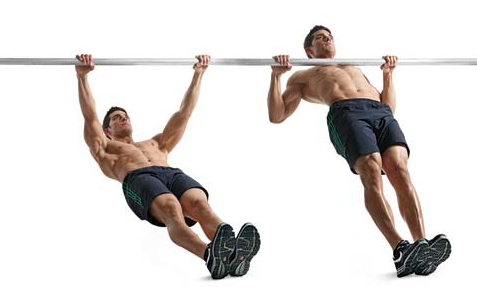
First up, set the stage. Position a weight bar in a squat rack so it is roughly 1.5x the length of your arm to the ground, or just a bit above your waist when standing.
Step 1
Sit under the bar, so it is in line with your chest. Reach up and grab onto the bar with both hands, a bit wider than shoulder-distance apart.
Step 2
Lift your hips off the ground and align your body into a straight line, like a plank. Your heels will be the only thing in contact with the ground.
Step 3
Exhale, and pull your chest towards the bar, keeping your body in a straight line. Avoid dropping the hips down.
Step 4
Inhale and slowly lower with control back to the starting position. Keep your body in a rigid plank.
Repeat!
Knock out your reps and sets! Expect some jelly-like arms.
Like This:
Tips
You make this exercise work for you and your ability level by modifying or advancing it. Use the tips described below:
- If it is too hard: set the bar higher, or keep your knees bent. If that’s still too challenging, work on some resisted rows until you improve your strength.
- If it is too easy: lower the bar and try lifting one leg for a balance challenge. Use TRX straps for a major test of core strength.
According to Mark’s Daily Apple, the most common error in performing the Australian pull-up is improper shoulder blade involvement.
He states, “You want to pull your shoulder blades down and back – never up.”
Australian Pull-Up Progression
If a few Australian pull-ups are too difficult for you or your trainee, you can work through the below progression to build yourself up.
Setup
Follow the same setup as the standard Australian pull-up.
Exercise 1: Dead Hang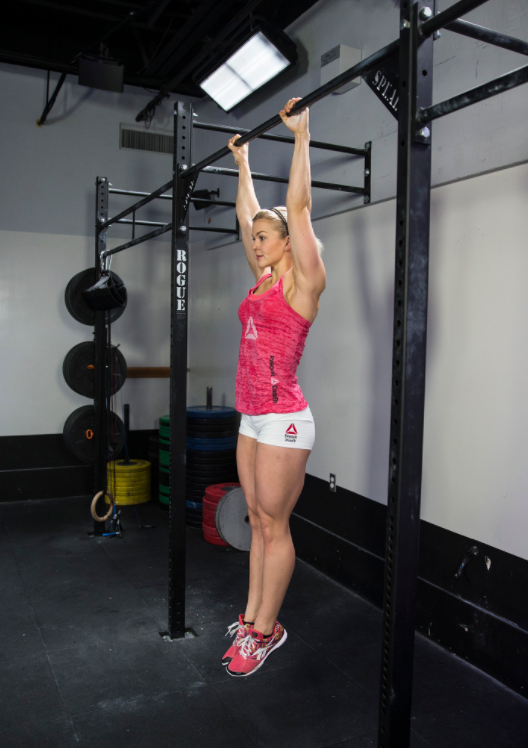
Assume the starting position of an Australian pull-up. But, instead of pulling yourself towards the bar, simply hang from your arms, keeping your body in a straight plank.
Hold 20 seconds, repeat for 3-5 reps. Extend how long you’re holding the hang to progress the exercise.
Exercise 2: Flex Hang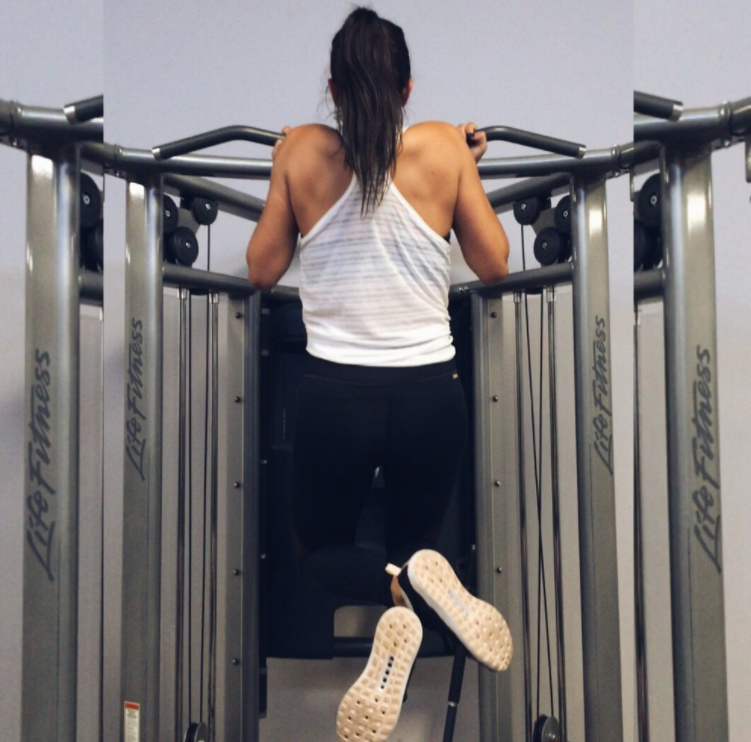
Position yourself into a bent-leg plank and hold onto the bar with your hands, bending your elbows to about 90 degrees. Hold this bent arm position static.
Hold 15 seconds, repeat for 3-5 steps. Extend your legs out straight or lengthen your hold time to progress the exercise.
Exercise 3: Standing Pulls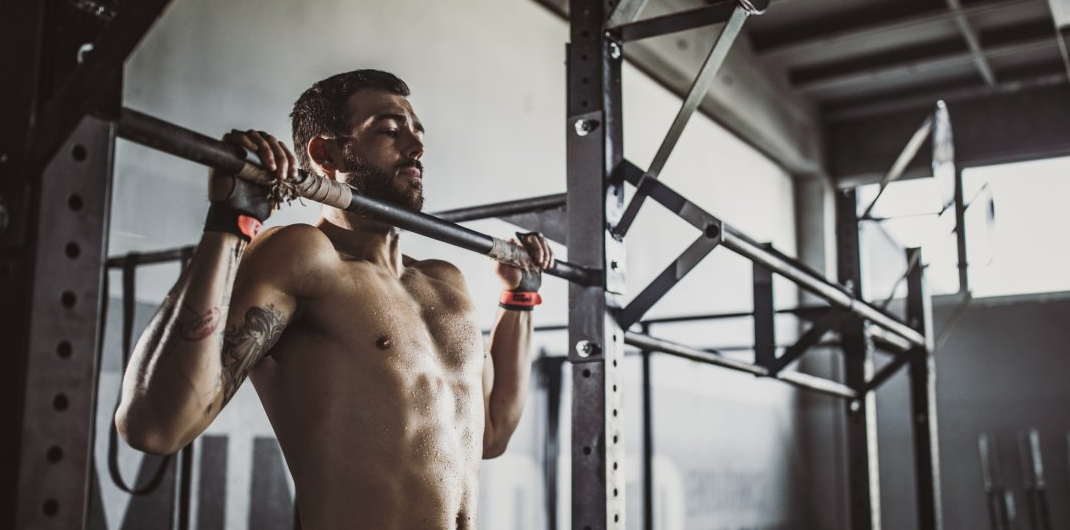
Stand with your legs straddling a weight rack structure (or something similar like a jungle gym pole). Hold onto the pole with both hands and extend your arms straight so you lower your body backward.
Keep your body in a straight line and complete the exercise by pulling your body into the bar and lowering it back out.
Complete 10-12 reps and 3 sets. If someone starts throwing dollar bills at you, you’re on the right track.
Muscles Targeted by An Australian Pull-Up
The primary muscles worked by the Australian pull-up, or even normal pull ups, are the complete opposite of the pushup.
The main action of this exercise is a pulling motion, thus the upper back is the focus of effort.
Latissimus Dorsi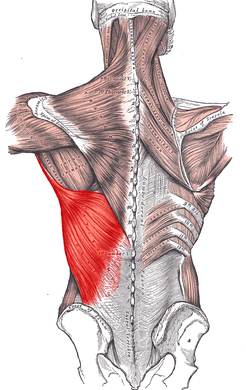
Your lats are a huge pair of muscles on either side of your back that function to pull your arms back and inward.
If you’ve ever walked with crutches, this is the main muscle that helped you do it.
Biceps
An anatomy classic! The biceps work to bend your elbow and rotate your forearm. This is the muscle that allows you to bring your coffee cup towards you to take a swig.
And also your biceps, and triceps, are what give your arms their muscular look.
Some of the advanced exercises that work these muscle areas are the dumbbell pullover exercise and different types of dips.
Actually, dips are great for several muscle groups, including the tris, chest, lats and shoulder as well.
Rhomboids
A small set of muscles bridging the inside of your shoulder blade to your spine. They function to pull the shoulder blade towards the midline and rotate it down.
Posterior Deltoid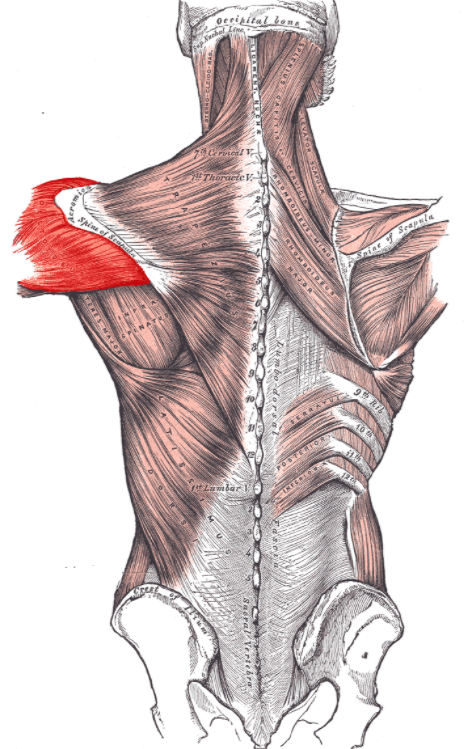
This muscle is located right on top of your shoulder and works to raise your arm. The posterior fibers of this muscle also assist in arm extension.
Other great exercises to work this key muscle area include the rear delt fly, rear delt row, and a recent exercise we cover the T Bar row.
Alternative Exercises to an Australian Pull-up
When you want to work the same muscle groups in different exercises, here are some great options to help keep your effort focused on your upper back.
Seated Rows – how To Do It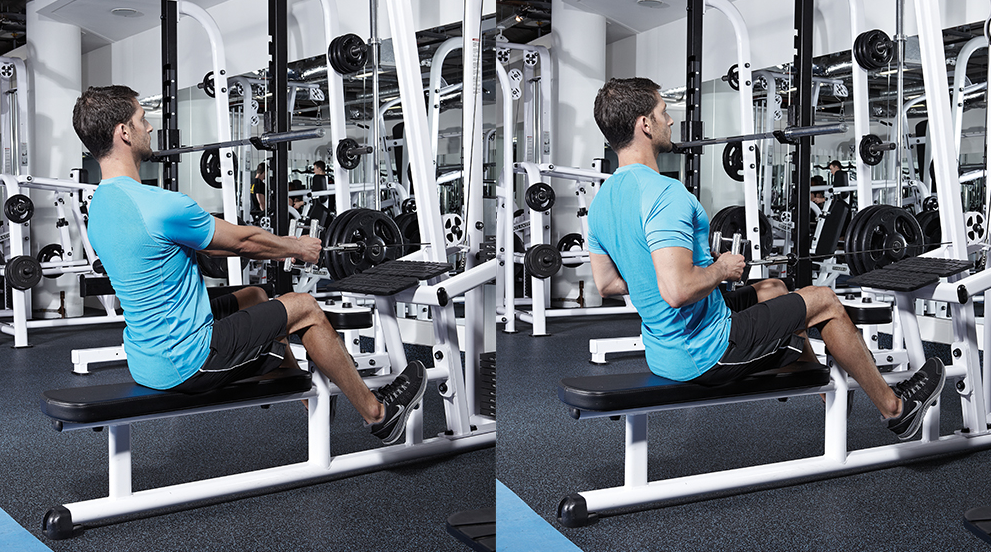
The seated row is a very similar exercise to the Australian pull-up but allows for more modification and the ability to use less resistance.
Setup
Hook a resistance band around the leg of a squat rack, hold onto each end and take a few steps back until you feel a good resistance on the band.
Step 1
Extend your arms out in front of you. The band should have a bit of resistance on it and not feel completely slack.
Step 2
Exhale, and pull your arms towards you, keeping your elbows tucked in towards your sides. Relax your neck and pinch your shoulder blades together.
Step 3
Inhale, and slowly return your arms to the starting position with control.
Like This: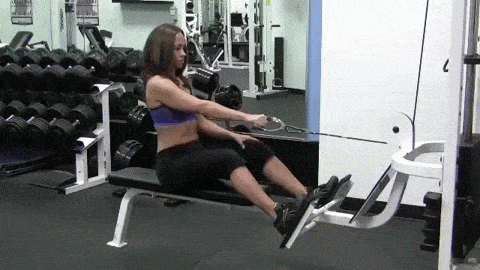
Lat Pull Downs – how To Do It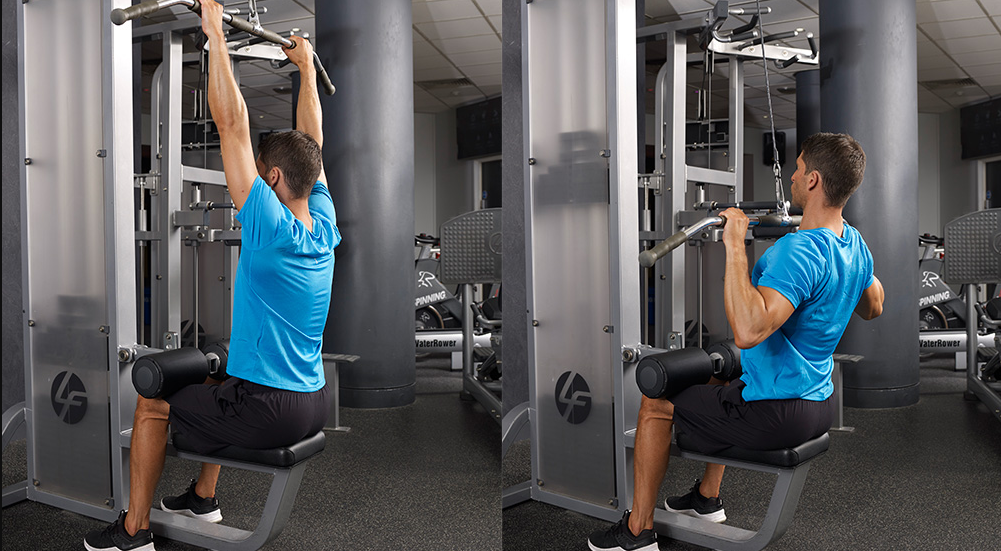
The lat pulldown exercise places your body in a similar position to a standard pull-up. The lats are the main muscle group targeted here.
Setup
Use a lat pulldown machine, or loop a resistance band around a pull-up bar over your head. You can sit or stand for this exercise.
Step 1
Extend your arms above your head to grasp the lat pulldown bar, with hands a bit over shoulder-width apart.
Step 2
Exhale and pull the bar down to chest level. Keep your shoulders relaxed and don’t tense up your neck.
Step 3
Inhale and, using control, return the bar to the starting position.
Like This: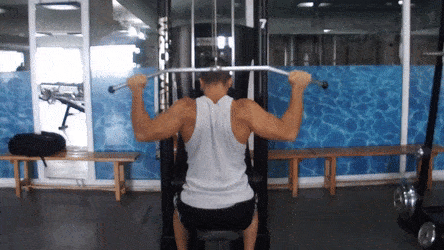
Renegade Row – how To Do It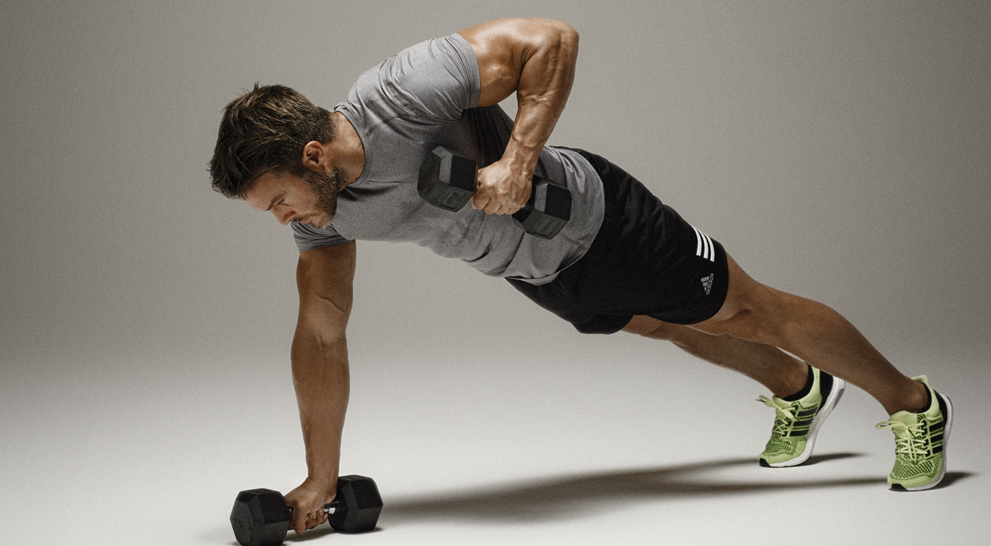
This challenging exercise will work your upper back, arms, and core and you can make it very challenging.
The great thing about it is you can do it with any pair of cheap dumbbells, so you get great benefits without using any costly equipment.
Setup
Place two dumbbells on the ground, about shoulder distance apart.
Step 1
Grasp one dumbbell in each hand, then assume the plank position. The dumbbells will remain in contact with the ground.
Step 2
Shift your body weight to the right side and pull up on the left dumbbell, bringing it in towards your flank.
Keep your elbow moving backward in a straight line and don’t let it splay out to the side.
Step 3
Slowly lower the dumbbell back to the starting position. Keep your body in a straight plank.
Step 4
Repeat on the other side.
Like This: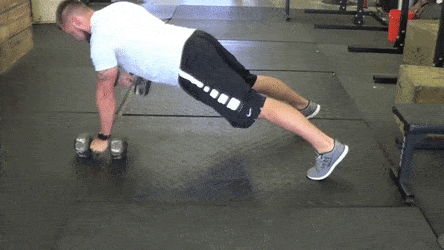
Complimentary Exercises to an Australian Pull-up
Now, to switch it up and workout the opposite muscle groups, you can do some pushing exercises.
We’ve listed some great complimentary activities below.
Resisted Push-up – How to do it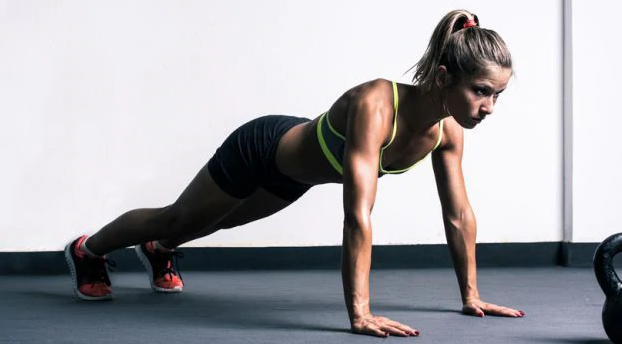
The classic pushing exercise and the “opposite” workout from the Australian pull-up. Let’s up the challenge and add some resistance.
Setup
Place a resistance band behind your back, along your shoulders, with one end in each hand.
Make sure it’s taut enough that you feel resistance when your arms are extended.
Step 1
Assume the plank position, with hands slightly wider than should distance apart and body in a straight line.
Step 2
Inhale and slowly lower your body down towards the ground until your elbows are at about 90 degrees.
Step 3
Exhale and press your body upward back to the plank position. You should feel some good resistance from the band, but if you don’t, tighten it up a bit.
Like This:
Chest Press – How to do it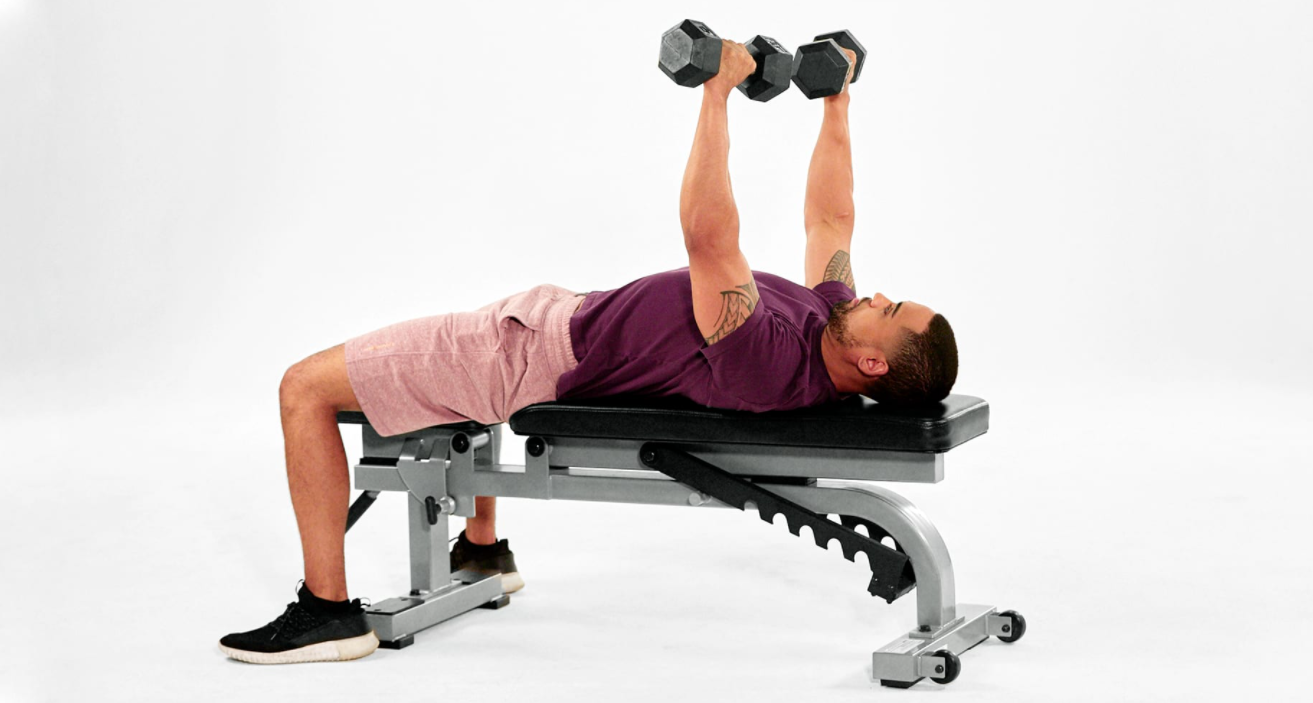
This exercise can be completed in a squat rack with a weight bar, free dumbbells, or a resistance band.
Setup
Grab some appropriately weighted dumbbells and hold one in each hand. Lay down on a bench, with your knees bent and feet on the floor.
Step 1
Position the dumbbells over each shoulder, with your elbows bent and shoulders extended.
Step 2
Exhale and press the dumbbells upward in a straight line. Don’t let them wobble around.
Step 3
Inhale and lower the weights with control back to the starting position.
Like This: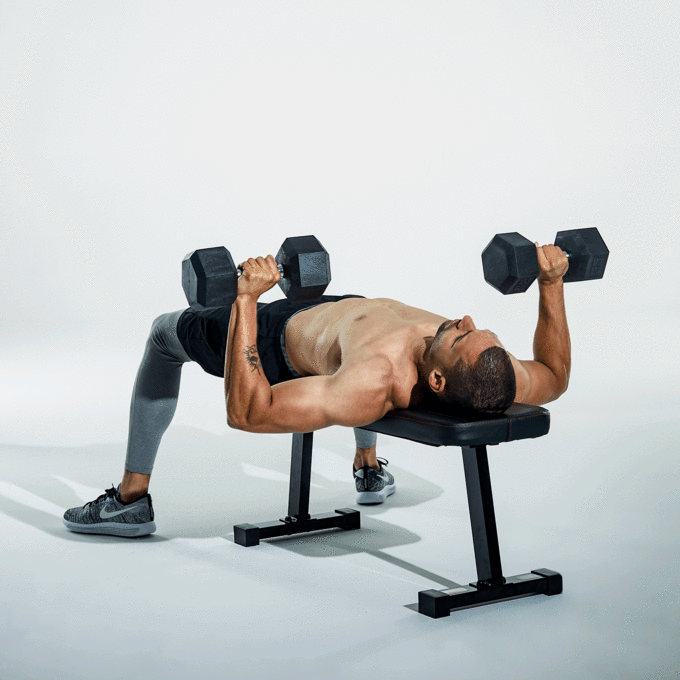
Kettlebell Press – How to do it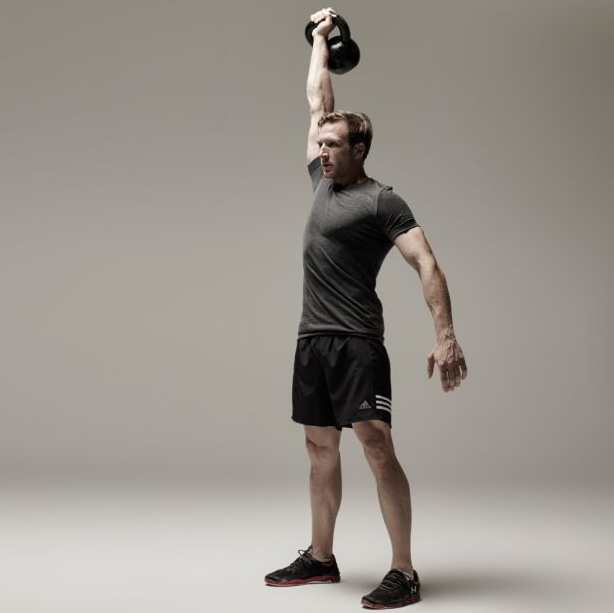
A standing exercise, and one portion of the full-body Turkish Getup, the kettlebell press adds great variety to your standard pushing exercises.
Setup
Obtain a kettlebell that you can lift with one arm. In the standing position, hold the kettlebell up next to your shoulder, underhand, with the body of the weight resting on your wrist.
Step 1
Position your feet into a solid stance and prepare to lift the kettlebell.
Step 2
Exhale and press the weight straight up above your shoulder. Don’t let it sway back and forth.
Step 3
Inhale and use control to lower the weight back to the starting posting at your shoulder. Keep your body strong and controlled throughout the movement.
Like This:
Conclusion
The Australian pull-up is a fun and challenging exercise that fits well into any fitness lover’s routine.
There’s a lot you can do to modify or elevate the difficulty to make it work for you.
So, enough fluff, take yourself down-under and start working those pull-ups, Aussie style. Your back will thank you for it.
FAQs About Australian Pull-Ups
listed below are some of the frequently asked questions about Australian pull-ups.
Are Australian Pull-Ups Better than Regular Pull-Ups?
I wouldn’t say there are “better than.” More so, the two are simply different exercises.
Including both regular and Australian pull-ups in your fitness routine helps work muscles from different angles and provides essential variety.
Are Australian Pull-Ups Hard to Do?
You can make this exercise as easy or challenging as you need it to be.
Suggested modifications and advancements are listed in the article above.
The Australian pull-ups are just that, an alternative to regular pull-ups those can also be somewhat easy to perform using a natural grip or as hard as doing them upside down, it all comes down to you.
Have you ever used the ceiling handle in a car to help you get out?
You kind of did a mini Australian pull-up!
Why Is It Called the Australian Pull-Up?
Because you go “down-under” the bar!
Can I Do an Australian Pull-Up if I Can’t Do a Regular Pull-Up?
Most likely, you’ll be able to do a few Australian pull-ups, even if you can do a standard pull-up.
For this reason, it also makes a great training exercise to prep for completing the real deal.
How Can I Do Australian Pull-Ups without A Weight Rack?
You can use playground equipment or TRX straps at home. Maybe even the edge of a very sturdy table.
This is by no means an exercise that is confined to gym establishments. No excuses!
Can I Just Do Pushups Instead of An Australian Pull-Up?
You can do whatever you want to do. But a pushup is the opposite of an Australian pull-up, so you’d be doing a completely different exercise.
Just don’t try what I did and do 500 push-ups per day without proper preparation.
Related Readings:
- Power Tower Workout Guide For Beginners
- I Tried The One Punch Man Workout, Here Are My Results
- Smith Machine Squat Exercise Guide
- Seated Tricep Press: How To, Muscles Worked, & Alternative Exercises
- Roman Chair Sit-ups – Beginner Guide
- Standing Oblique Crunches: How to Do It, Benefits, Muscles Worked, and More
References:
Ben Mayz
Hi there! I'm Ben, main author and chief editor at Fitlifefanatics.com. I have been obsessed with Strength Training and Fitness for 18 years now.
My passion for living a happy fit lifestyle is what made me realize that fitness is what I wanted for my future.
I went on to earn my Masters in Sports Training & Biomechanics.
My passion for Strength training & fitness and my love of helping others is what made me start Fitlifefanatics.
Here, myself, and a team of specialist aim to provide the most accurate, and actionable information possible in hopes to help foster the fitness community forward.
You can learn more about Fitlifefanatics on our About Page
